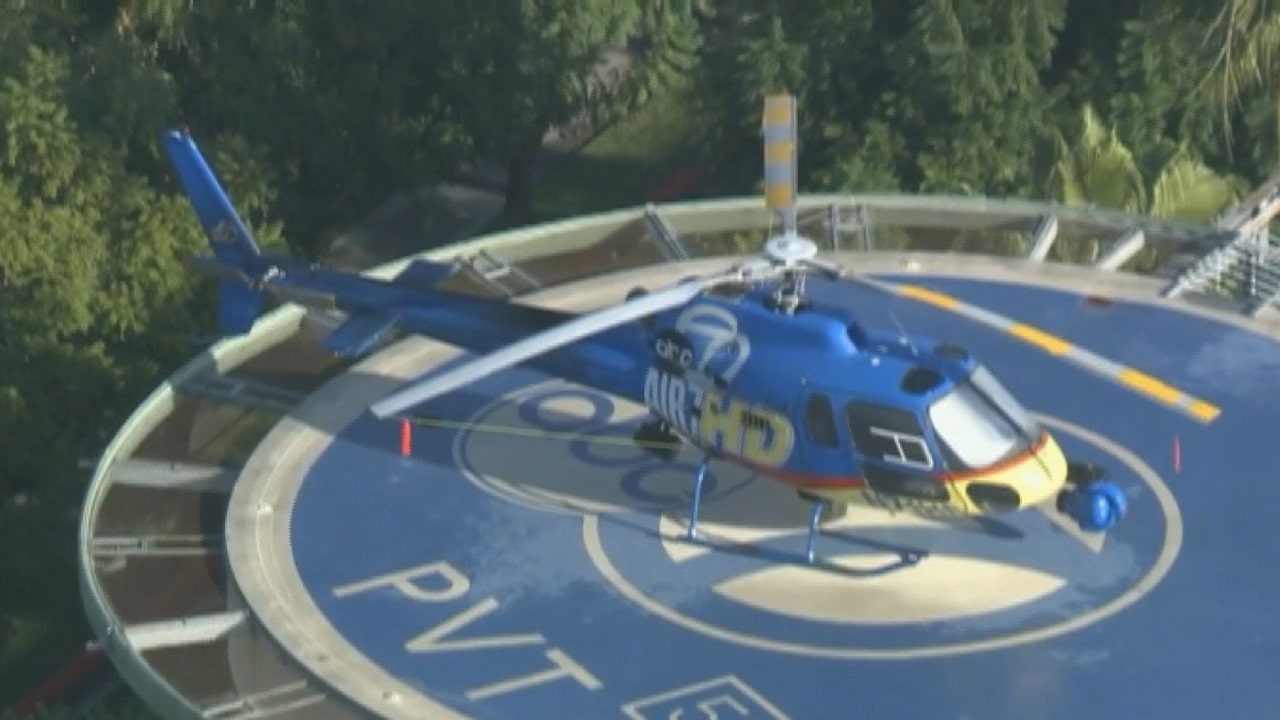This should help....
(Not my calcs I'm copy/pasting from a post on another forum from
@sar104 )
*********** Start Quotation ************
Take an arbitrary helicopter - I'm choosing a Sikorsky UH-60, which has a maximum takeoff weight of 10,000 kg and a rotor diameter of 16.4 m, sweeping an area of 211 m².
To support its weight the downthrust has to be 100,000 N, and so the downward pressure below the rotors needs to be of the order of 500 N/m².
The cross-sectional area of a Phantom is around 0.25 m², and so the downward force on the Phantom would be, at most, 125 N.
Acting on a mass of 2 kg, that will yield a downward acceleration of 62.5 m/s².
The UH-60 flies at 150 knots (78 m/s), and so the time taken for even a stationary Phantom to pass the 16.4 m under the rotors, front to back, would be 0.2 s.
Applying the standard equations of motion, vertically, to the Phantom, it will be deflected downwards by 1.4 m in that time, not even nearly the height of the aircraft.
But, since the fuselage is positioned such that only around one half the length of a rotor blade extends ahead of it, the time that an incoming Phantom would be exposed to the downforce before striking the aircraft would be roughly one quarter of the estimate above - i.e. 0.05 s. In that time the deflection will be around 7 cm. Barely noticeable - it's still hitting the windshield.
*********** End Quotation ************












